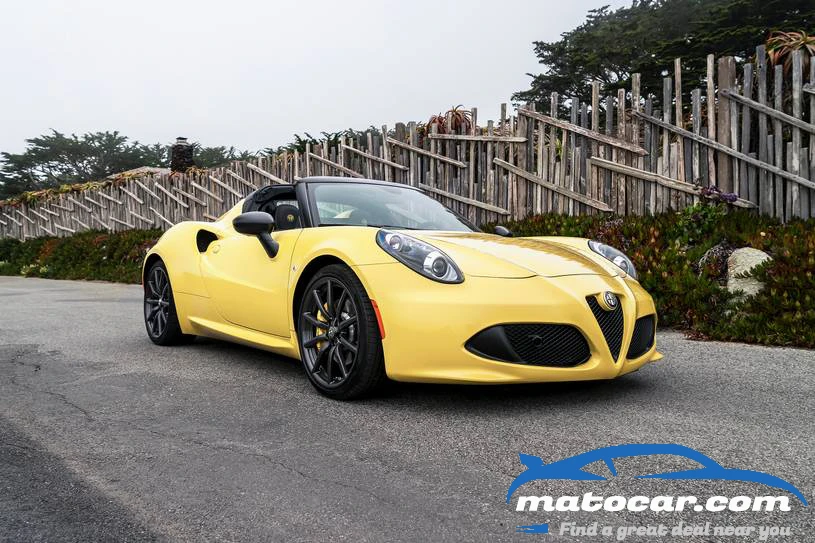Toyota Prius 2003 Review Prices , and Pictures
10.0/10
Based on 1 reviewsMSRP range: $1,812 - $4,098
- Marathon fuel efficiency, roomy and comfortable interior.
- Quirky looks, no standard CD player, no fold-down rear seat, more expensive than most other frugal economy sedans.
One of the most interesting pieces of automotive hardware currently sold, the 2003 Toyota Prius is worth a look if you're shopping for a hybrid vehicle.
Vehicle overview
Due to increased pressure from governments, automakers have been looking for ways to meet increasingly stringent demands for cleaner tailpipe emissions and higher fuel mileage. In the '90s, electric cars like GM's EV1 were thought to be the answer, but they are limited by poor range and the fact that they have to be "plugged in" in order to be recharged. Hydrogen-fueled fuel cell cars will some day be the ultimate evolution of the automobile, as their exhaust by-product is essentially water vapor. But the technology for fuel cell cars is still young, and mass-produced fuel cell cars are a number of years away.
For today and the near future, the best hope is hybrid-electric vehicles. Hybrid cars combine a gasoline engine with an electric motor. And since hybrids are still fueled by gasoline, they don't have to be plugged in or recharged. In the case of the Toyota Prius, the result of hybrid technology is reduced emissions and improved fuel efficiency when compared to a normal gasoline-powered car. The only fear has been that a hybrid vehicle would never be useful as a real car that real people would want to buy. With the Prius, Toyota has largely quieted those fears.
While the Prius became available to the American consumer in 2001, Toyota has been selling them in Japan since December 1997. Compared to earlier Prius models, U.S. versions feature more horsepower, additional emissions equipment and a more powerful battery pack that is also smaller and lighter.
There are only three mainstream hybrid-electric vehicles for sale in the United States. There's the Prius, the Honda Insight and the Honda Civic Hybrid. Up until this year, we felt the Prius was the best choice, as it was more versatile than the two-seat Insight. But the Civic Hybrid is all-new for 2003, and in many ways this "second-generation" hybrid vehicle is superior to the Prius. The Civic would be our choice for a hybrid vehicle, though the 2003 Toyota Prius is still worth considering.
2003 Toyota Prius models
The 2003 Toyota Prius is available only as a four-door sedan with one trim level. With this, you get plenty of standard equipment, such as automatic climate control, air conditioning, power windows and locks, power steering, antilock brakes and keyless entry. The only factory options are cruise control, a DVD-based navigation system, side-impact airbags and daytime-running lights. A CD player isn't included, though you can get a six-disc CD changer as a dealer accessory.
MatoCar Latest Toyota Prius NewsThis Is Our Best Look Yet at Toyota's EV Pickup2003 Highlights
The 2003 Toyota Prius, a hybrid-electric vehicle, is unchanged.Performance & mpg
Compared to most modern passenger sedans, Prius is a few fries short of an automotive power Happy Meal. Its aluminum 1.5-liter four-cylinder engine makes 70 horsepower and 82 pound-feet of torque. The electric drive motor is worth another 44 peak horsepower; Toyota says the hybrid system's net horsepower rating is 98. A continuously variable transmission (CVT) is standard. Zero-to-60 mph takes 12.8 seconds, about three seconds slower than a comparable gasoline car.
But if all you are interested in is drag racing, big smoky burnouts and collecting John Force T-shirts, you're looking at the wrong car. What makes the Prius unique is that it is able to provide tolerable acceleration while also offering exceptional fuel mileage and squeaky-clean emissions. The EPA rates the Prius at 52 mpg in the city and 45 mpg on the highway, theoretically allowing over 600 miles between fill-ups. It also earns a Super Ultra Low Emissions Vehicle (SULEV) rating, which means the Prius is considerably cleaner than vehicles with LEV or even ULEV ratings.
Safety
The Prius comes standard with antilock brakes. Front side airbags, should you want them, are optional. In the NHTSA's frontal crash tests, the 2003 Toyota Prius earned three stars (out of possible five) for driver safety and four stars for passenger safety.
Driving
At low speeds and during light throttle applications, the 2003 Toyota Prius relies completely on the electric motor for acceleration. This means that when the car is accelerating gently from a stop or driving around a parking lot, it might be doing it with 100 percent electrical power. The engine, meanwhile, is completely inert. In all other respects, the Prius pretty much drives like a regular car. Since it has a continuously variable transmission, there are no actual gears to select. The choices are simply park, reverse, neutral, drive or brake. Handling ability, as you might expect, is on the light side, but the Prius fairs well enough for its intended purpose.
Interior
Accommodations are surprisingly good for a small car, with upright seating positions and good outward visibility. Two adults will fit in the backseat without too much complaint, and the trunk holds 11.8 cubic feet of cargo, a capacity that is similar to other small cars. The rear seat does not fold down, however.
Rate the car
You may also like
0 Comments









